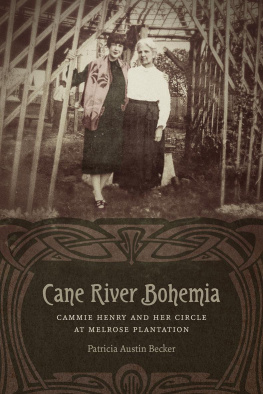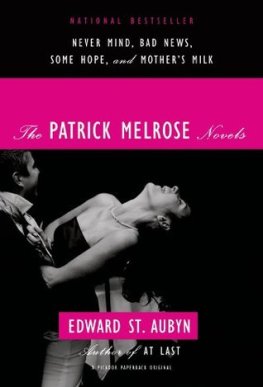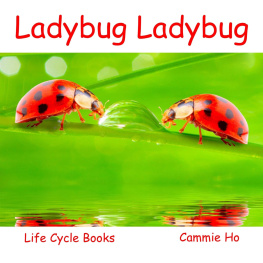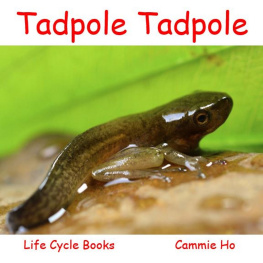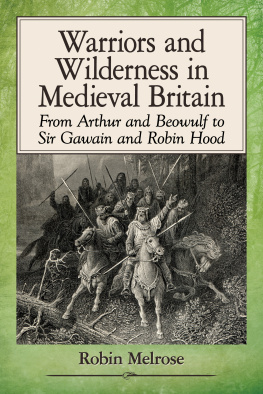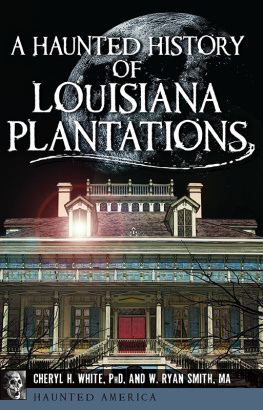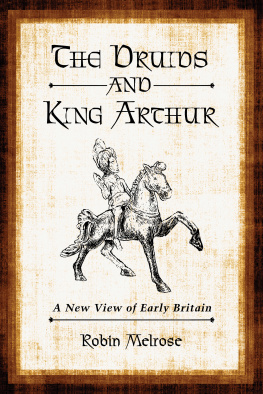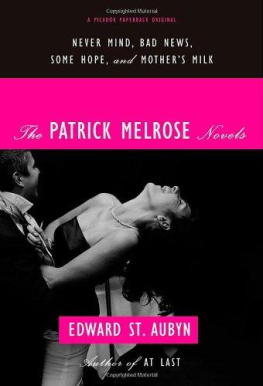Patricia Austin Becker - Cane River Bohemia: Cammie Henry and Her Circle at Melrose Plantation
Here you can read online Patricia Austin Becker - Cane River Bohemia: Cammie Henry and Her Circle at Melrose Plantation full text of the book (entire story) in english for free. Download pdf and epub, get meaning, cover and reviews about this ebook. year: 2018, publisher: LSU Press, genre: Non-fiction. Description of the work, (preface) as well as reviews are available. Best literature library LitArk.com created for fans of good reading and offers a wide selection of genres:
Romance novel
Science fiction
Adventure
Detective
Science
History
Home and family
Prose
Art
Politics
Computer
Non-fiction
Religion
Business
Children
Humor
Choose a favorite category and find really read worthwhile books. Enjoy immersion in the world of imagination, feel the emotions of the characters or learn something new for yourself, make an fascinating discovery.
- Book:Cane River Bohemia: Cammie Henry and Her Circle at Melrose Plantation
- Author:
- Publisher:LSU Press
- Genre:
- Year:2018
- Rating:5 / 5
- Favourites:Add to favourites
- Your mark:
Cane River Bohemia: Cammie Henry and Her Circle at Melrose Plantation: summary, description and annotation
We offer to read an annotation, description, summary or preface (depends on what the author of the book "Cane River Bohemia: Cammie Henry and Her Circle at Melrose Plantation" wrote himself). If you haven't found the necessary information about the book — write in the comments, we will try to find it.
A National Historic Landmark with a complex and remarkable two-hundred-year history, Melrose Plantation near Natchitoches, Louisiana, was home to many notable women, including freedwoman and entrepreneur Marie Thrse Coincoin and artist Clementine Hunter. Among that influential group, Cammie Henry, the mistress of Melrose during the first half of the twentieth century, stands out as someone who influenced the plantations legacy in dramatic and memorable ways. In Cane River Bohemia, Patricia Austin Becker provides a vivid biography of this fascinating figure.
Born on a sugar plantation in south Louisiana in 1871, Cammie Henry moved with her husband to Melrose in 1899 and immediately set to work restoring the property. She extended her impact on Melrose, the surrounding community, and the region when she began to host an artist colony in the 1920s and 1930s. Writers and painters visiting the bucolic setting could focus on their creative pursuits and find encouragement for their efforts. The most frequent visitorsconsidered by Cammie to be her circle of congenial soulsincluded writer/journalist Lyle Saxon, naturalist Caroline Dormon, author Ada Jack Carver, and painter Alberta Kinsey. Artists and artisans such as Harnett Kane, Roark Bradford, William Spratling, Doris Ulmann, and Sherwood Anderson also found their way to Melrose.
In addition to hosting well-known guests, Henry began a collection of history books, nineteenth-century manuscripts, and scrapbooks of clippings and memorabilia that later brought her attention from the wider world. Researchers and writers contacted Henry frequently as the reputation of her library grew, and today the Cammie G. Henry Research Center at Northwestern State University houses this impressive collection that serves as a lasting tribute to Henrys passion for the preservation of words as well as for the Souths material culture, including quilting, spinning, and gardening.
Patricia Austin Becker: author's other books
Who wrote Cane River Bohemia: Cammie Henry and Her Circle at Melrose Plantation? Find out the surname, the name of the author of the book and a list of all author's works by series.

